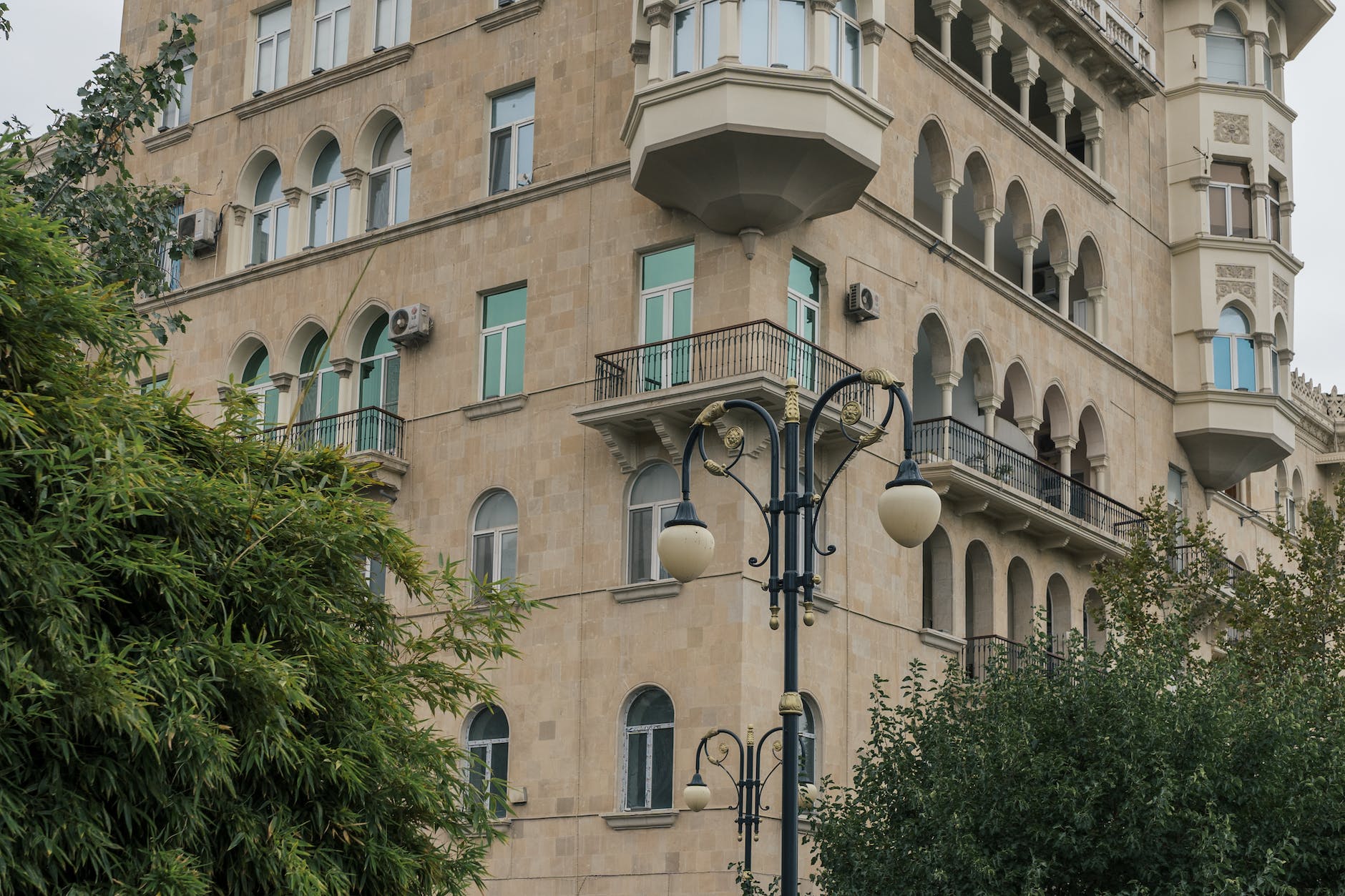
Modular Buildings
When World War II ravaged the United Kingdom, a dire need for housing arose to replace the countless homes damaged or destroyed by the conflict. Modular buildings emerged as a solution, with factories churning out components for these temporary accommodations. Astonishingly, many people still inhabit these structures to this day. However, it’s crucial to understand that modern modular buildings bear little resemblance to the hastily constructed post-war dwellings of yesteryears. In today’s construction landscape, modular buildings come in various sizes and configurations, serving diverse purposes. Renowned for their cost-efficiency and ease of customisation, modular buildings have solidified their place in the construction industry.
Yet, despite their widespread use and evolution, several misconceptions about modular buildings persist. Let’s debunk some of the most common misunderstandings:
Misconception 1: Modular Buildings Are Cheap, and Therefore Low Quality In the past, prefabricated buildings were often associated with poor quality due to hasty construction practices. Consequently, some still believe that contemporary modular buildings resemble the subpar structures of the post-war era, fueled by their cost-effectiveness. It’s essential to recognise that manufacturing and construction have made significant strides. Modern modular buildings are assembled in controlled factory environments with stringent quality control measures. This ensures that every component of the building is dependable. In the world of modular construction, affordability does not equate to poor quality; you can have both.
Misconception 2: Modular Buildings Look Dull and Uniform Another misconception revolves around the aesthetics of modular buildings, with some perceiving them as dull, uninspiring, and excessively uniform. While modular buildings can adopt a standardised appearance, they are highly customisable. Modular construction offers a vast range of designs and floor plans. You can tailor prefabricated buildings to complement or harmonise with the architectural style of existing structures. Modular buildings need not adhere to a single, monotonous design paradigm.
Misconception 3: Modular Buildings Are Not Built to Last Despite their reputation for quick and easy construction, modular buildings are constructed to endure. In fact, their structural integrity often makes them worthwhile investments. Modular buildings are designed to be 100% recoverable, allowing for convenient relocation to different sites when necessary. At Excel Modular, all our modular buildings are certified by Constructionline and Acclaim Accreditation, guaranteeing the quality of construction. They can be rapidly installed and serve many applications, from offices and canteens to classrooms, dining rooms, healthcare facilities, and even day-care surgeries.
To discover more about our extensive modular building offerings, don’t hesitate to reach out to the Excel Modular Buildings team. We’re eager to assist you in exploring the possibilities of modular construction.

 Banco4 years ago
Banco4 years ago
 Gaming3 years ago
Gaming3 years ago
 Social Media3 years ago
Social Media3 years ago
 Indonesia4 years ago
Indonesia4 years ago
 Filmora4 years ago
Filmora4 years ago
 Education1 year ago
Education1 year ago
 Indonesia3 years ago
Indonesia3 years ago
 Education4 years ago
Education4 years ago

You must be logged in to post a comment Login